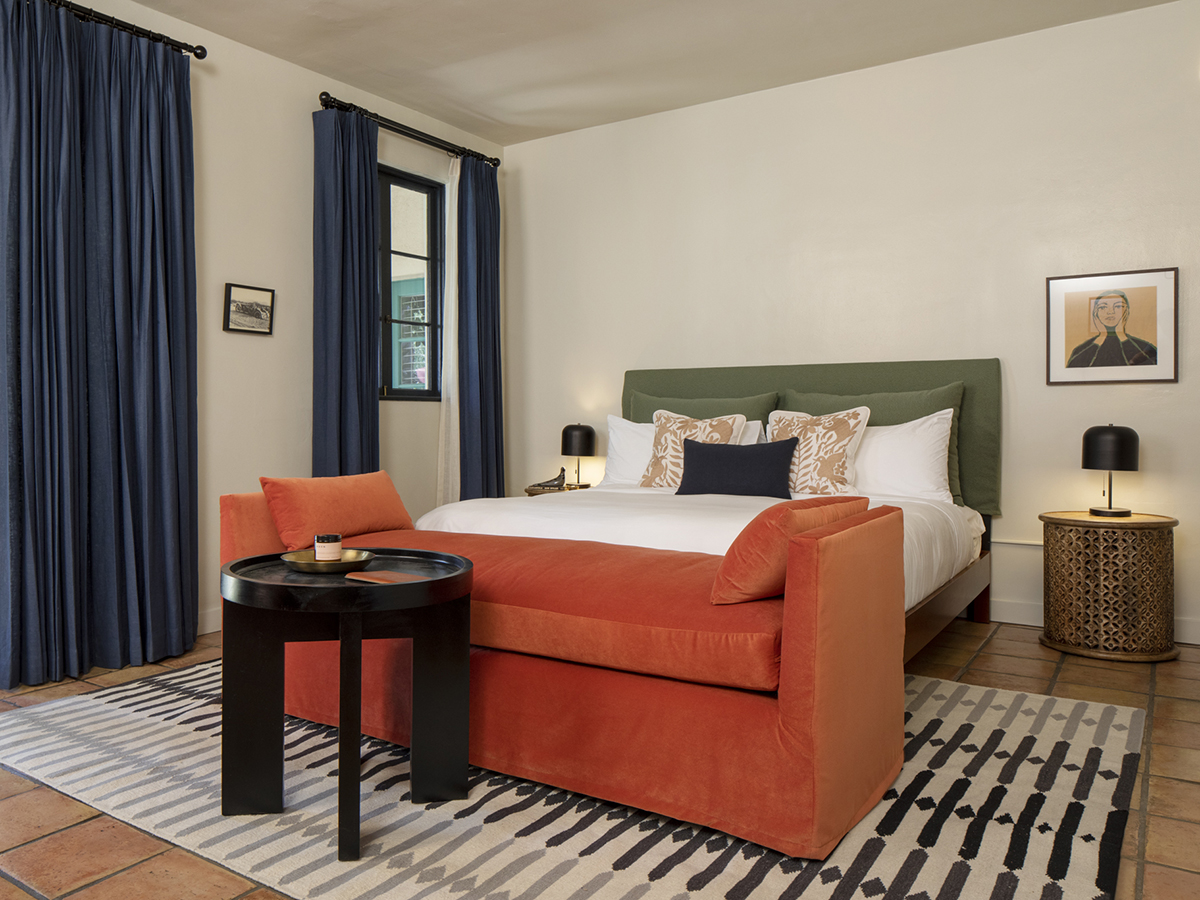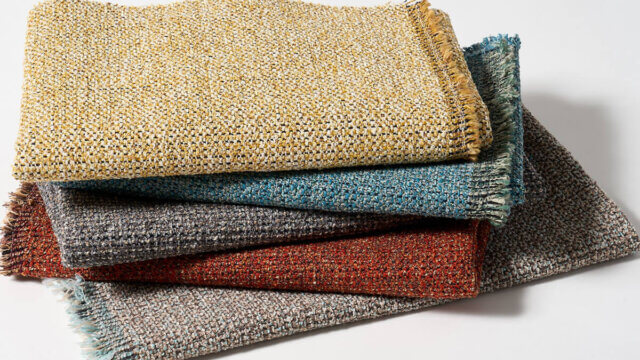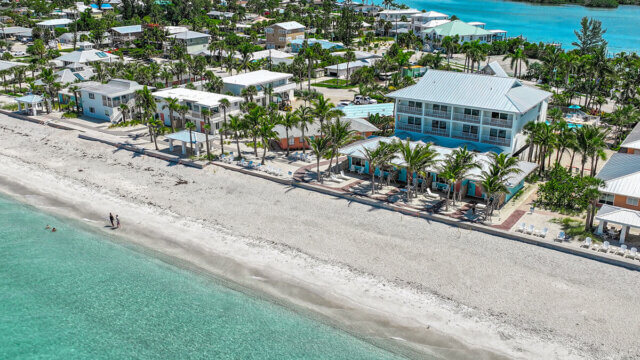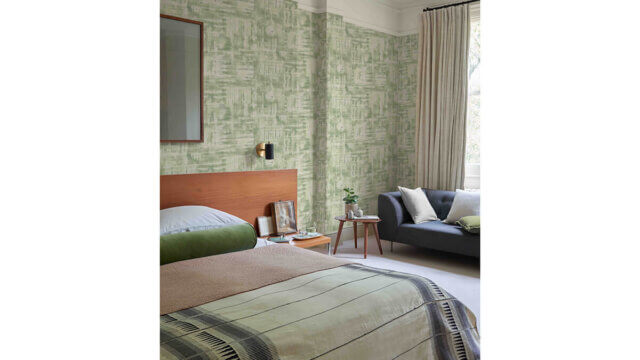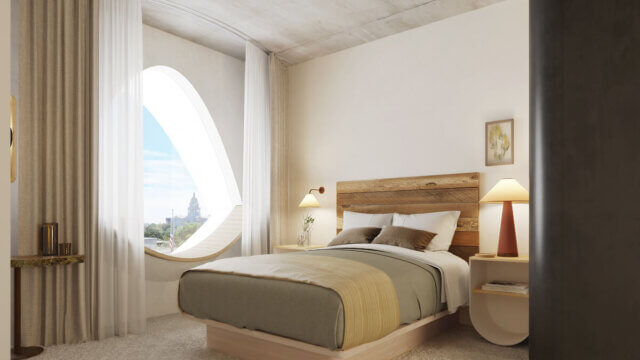Casa Cody in Palm Springs, CA has completed a restoration and revitalization project under the management of Casetta Group to usher the renowned Palm Springs establishment into the present day with respect to its Spanish Colonial Revival heritage and adobe hacienda architecture. A time-honored oasis under the open skies of the California desert, Casa Cody’s next chapter is a symphony of classic elegance with historical elements alongside a modern aesthetic and lifestyle amenities and services.
Quiet and secluded yet just steps from Palm Springs’ center, Casa Cody is a romantic respite situated on more than an acre and a half of well-manicured grounds against the rising backdrop of the San Jacinto Mountains. Winding pathways surrounded by bougainvillea and mature cacti lead to 30 rooms and suites—many with private patios and fireplaces—within historic structures and three freestanding homes, two swimming pools, a restaurant for guests, an edible garden, outdoor tubs and showers and wide-open lawns.
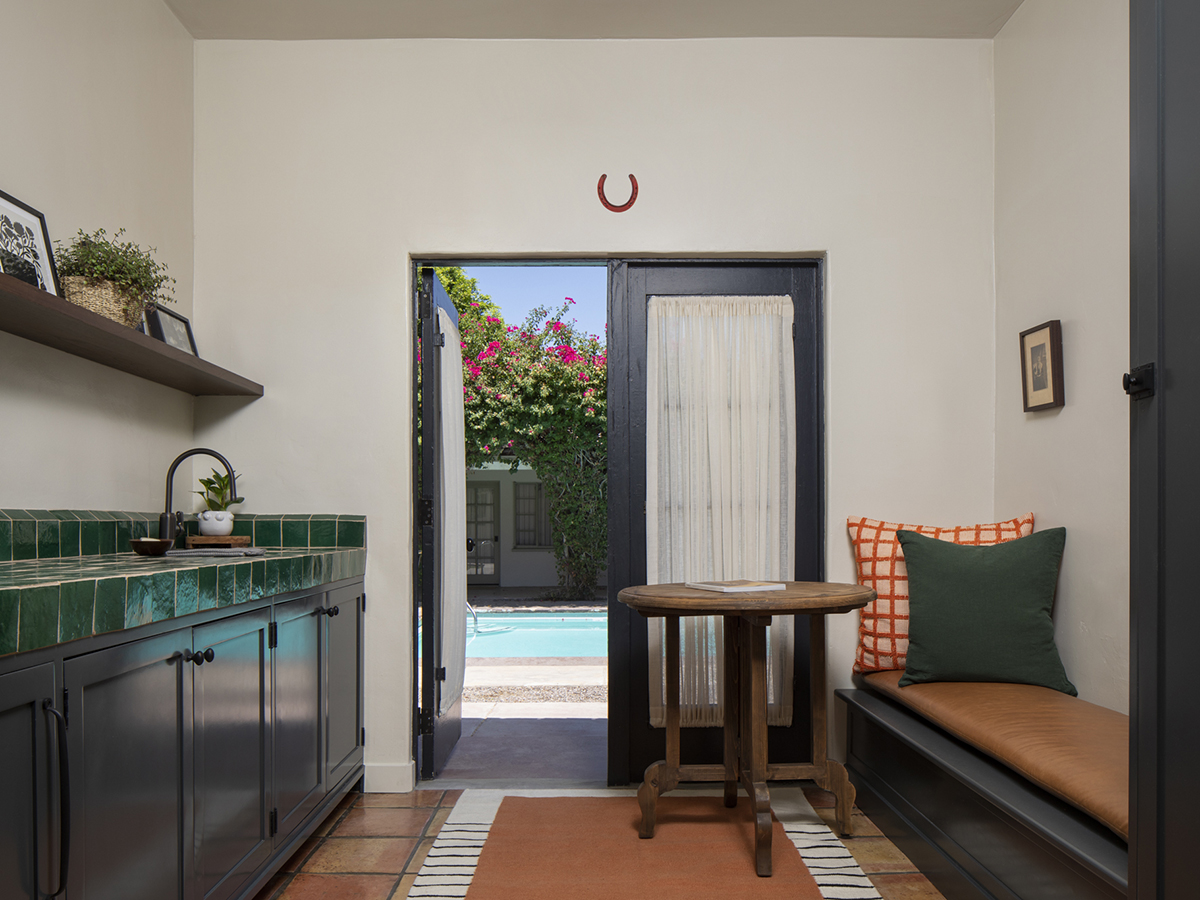
The story of Casa Cody begins in the early 1900s when Hollywood pioneer Harriet Cody—cousin of the illustrious William “Buffalo Bill” Cody—arrived in Palm Springs by wagon, settled on land and built a home with architect husband Harold Bryant Cody. By the 1920s, Casa Cody became established as a hotel frequented by legends of the arts community including Charlie Chaplin, American opera singer Lawrence Tibbett and French-born novelist Anaïs Nin.
Guided by the old-world charm and opulence of Palm Springs, along with the vibrant colors of coastal Spain and a modernist mindset, architecture and interior design firm Electric Bowery instilled the interiors of Casa Cody with a rich color palette and textures that strike a delicate balance of sophistication with a sense of playfulness to achieve harmony between the property’s historic façade and its contemporary interiors.
“We were inspired by looking at the Spanish revivalist style of architecture as a starting point and then exploring vibrant colors, textures and patterns of coastal Spanish design,” said Lucia Bartholomew, managing partner, Electric Bowery.
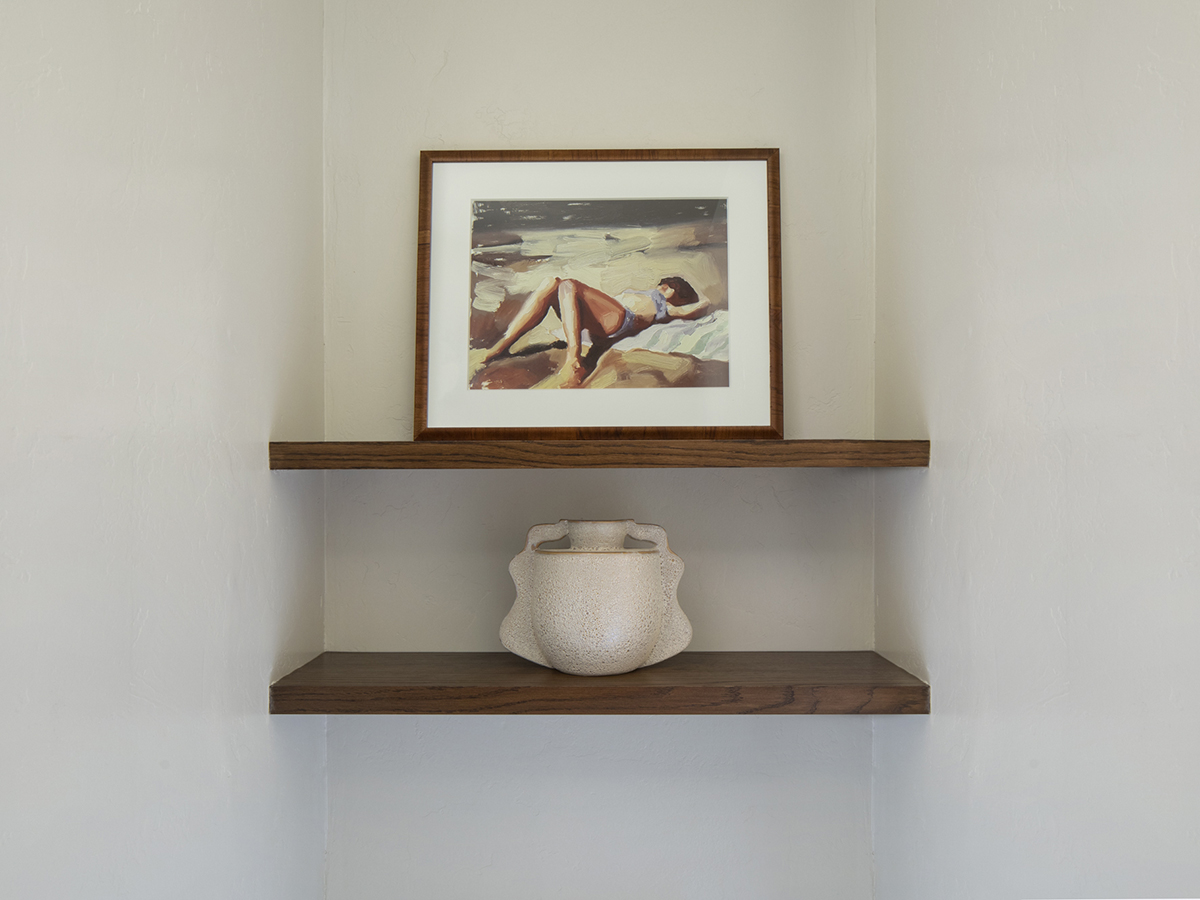
Each of Casa Cody’s 30 accommodations is distinctly one-of-a-kind, united by walls washed in white that serve as a canvas for vividly colored upholstered elements, deep wood tones and black painted beamed ceilings to make a statement and infuse the spaces with an inviting, residential feel. Warm coral velvet, textured hunter green paired with deep navy accents and otomi-patterned pillows imbue the interiors with depth. Richly colored zellige tile and deep blue millwork in the bathrooms and bar areas reflect Mediterranean influence in a modern design.
“We really stayed true to the bones of the architecture, working with the existing flooring and wood windows and doors, but adding color and warmth,” Bartholomew said. “The existing layout of the hotel expanded naturally over decades and we sought to make each room a bit unique, as a tribute to the quirks of the history and existing architecture.”
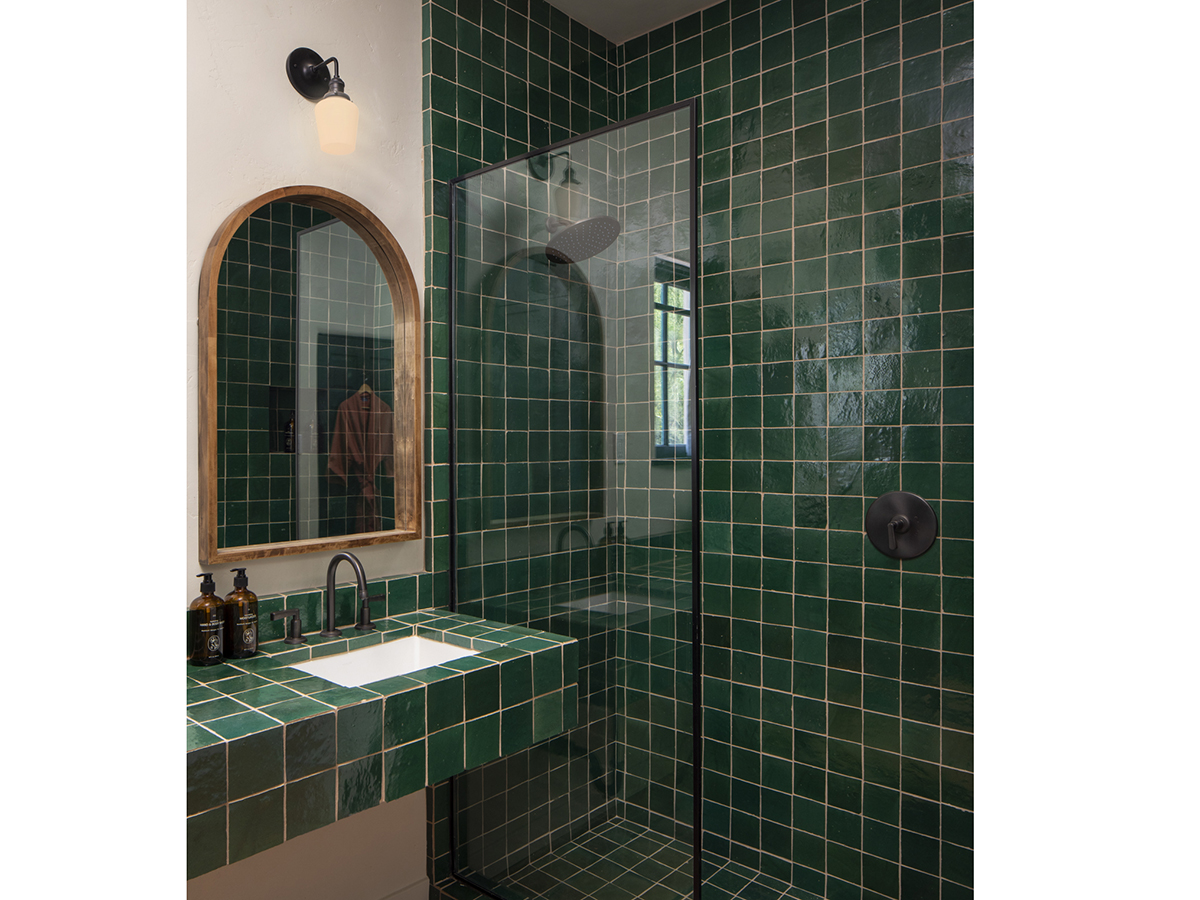
“We love Palm Springs as a design hub and love this site for its beautiful natural landscaping with lots of bougainvillea framing the mountain views,” said Cayley Lambur, managing partner, Electric Bowery. “We sought to steer away from the mid-century influence that is so ubiquitous to Palm Springs and instead look further back historically, while still implementing a lot of vibrant color as is so characteristic of the area.”
A designated Class 1 historic site by the Palm Springs City Council, Casa Cody is comprised of historic structures including three freestanding homes complete with full kitchen, dining room and/or living room and outdoor patio: the one-bedroom Olympic Cottage, which formerly housed athletes during the Los Angeles 1932 Summer Olympics; Winter House, an original 1930s California Ranch House and spacious bungalow; and the two-bedroom, one-bathroom Adobe House, a true adobe built in the early 1900s and one of a handful of remaining adobes documented in Palm Springs. Additional guest accommodations range from standard rooms to suites and are available in the 1950s Apache Lodge built by actress Polly Bergen and units transplanted from the estate of Francis Crocker, the “Father of the Palm Springs Aerial Tramway.”
